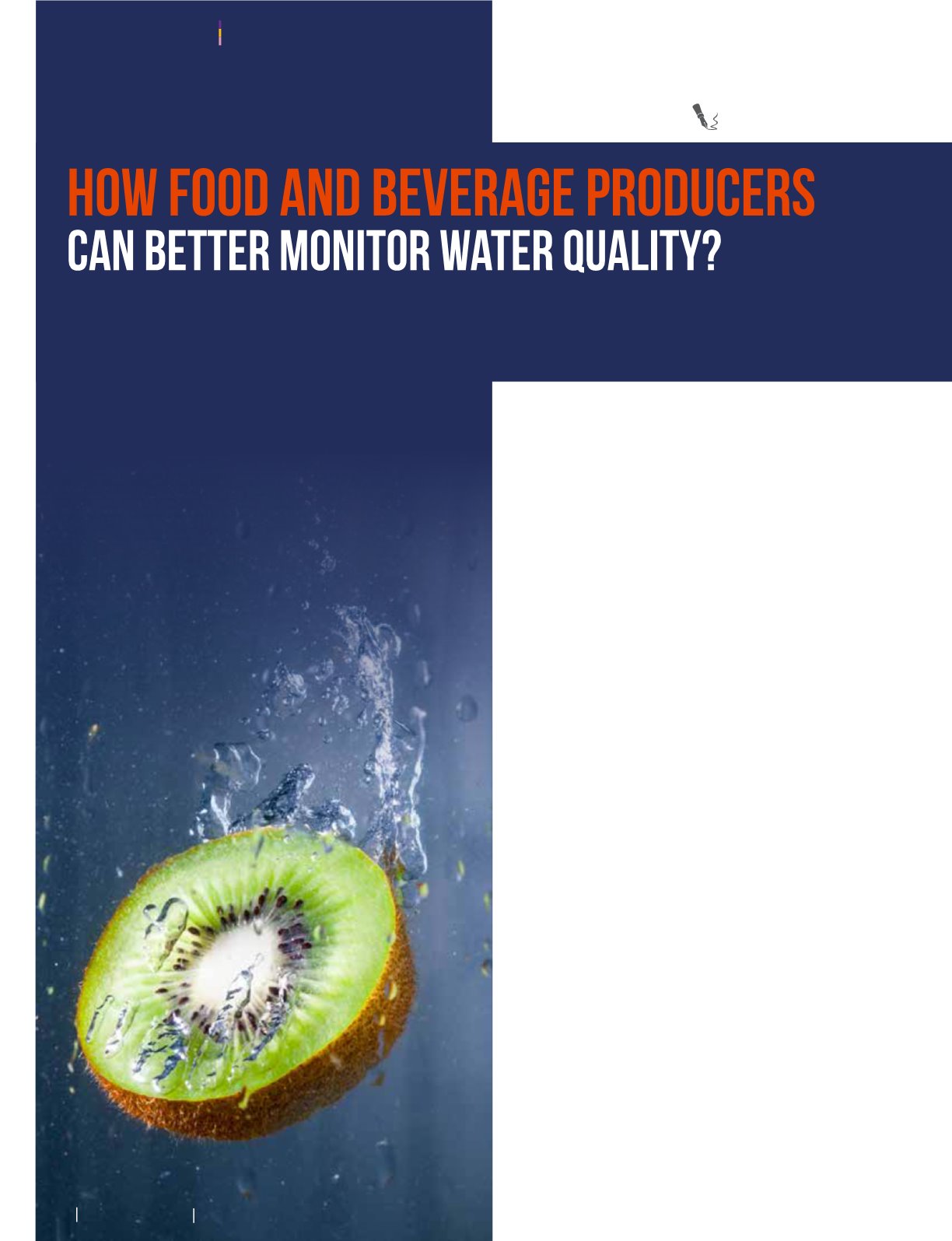
84
JUN 2017
FOOD FOCUS THAILAND
STRONG
QC & QA
Monitoringwaterquality isnecessary todetermine impurity levels
that could impact the plant’s end product, and if thewater is posing
any risks to the operations. Depending on its use, low-qualitywater
can potentially produce off-tastes and inconsistencies in food and
beverage products to causing equipment damage. Once used, the
water leaving the plant must meet discharge limits set by regulatory
bodies. Thus, themonitoring and treatment of a plant’swater for its
duration of use should be carefully considered, as it can affect all
aspects of the processing operations, includingbrand integrity.
WaterQuality is Important
There might not be anything more ubiquitously used in food and
beverage processing than water. Breweries already know the
importanceofwaterquality,where it is themaincomponent inashort
list of ingredients. Even if it isn’t used as an ingredient, most plants
heavily relyonwater forcleaningandsanitizingoruse it forgenerating
steam.
Whereandhowaplant useswater in its facilitywill determine the
possible risk itmight pose to theoperationsor theproduct produced.
When it isusedasan ingredient, themost obviouseffects lowwater
quality can produce are on taste and consistency of a food product.
In these instances,watermustmeet the requirements for thatproduct.
Asmentionedbefore, breweries arehighly reliant on thequality and
availability of clean water. So much so, that brewers, especially in
countries likeGermany, havebeen increasinglyconcernedabout the
impacts of frackingpractices used for natural gas productionand its
possible contaminationof groundwater.
This isespecially true ifmultipleproduction facilitiesare involved,
because if thesecondary facilityhasa lowmineral content compared
to theoriginalplant,whichhasmore totaldissolvedsolids (TDS), then
theproducermight have toaddnutrients to thewater toget thesame
flavor profiles. For this reason,many foodandbeverageprocessors
areusingadvanced reverseosmosis (RO) systems to stripoutmost
of theTDS as away tomanage standard tastes and flavors.
Low-quality water used in other food items, like hot dogs or
lunchmeats, canalsoproducenegativeeffects. Ingredientsmightnot
react with each other in a consistent or predictable way, off-colors
andmalodorscouldbeproduced,andexistentundesirablechemicals
could contaminate theproduct. For these reasons, watermonitoring
andpreparationare crucial inmeetinghighquality standards for the
products inwhich it isused. However, itmight be lessas important if
water is being usedas a processing tool.
Ensuringsafetyandqualityofafacility’swater iscrucial
tomeetingprocessingperformancegoals
A key component of most food and beverage processing is
water, yet it is often overlooked.Water is used inmany parts
of the facility, from cleaning to its incorporation in recipes as
anessential ingredient.Processorsmightassume themunicipal
water used in theplant arrives safely, but recent water quality
scares.
foodengineeringmag.com


